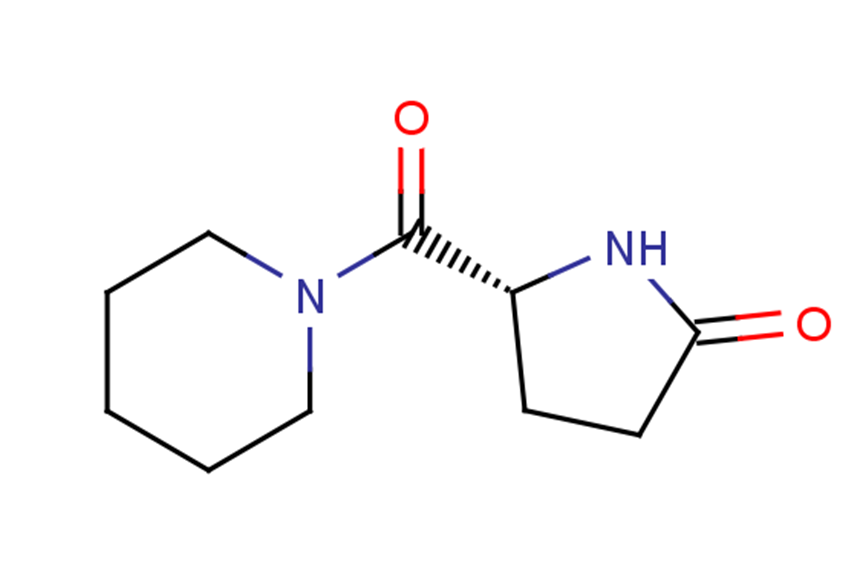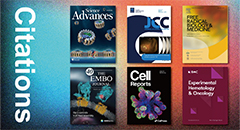
Fasoracetam
CAS No. 110958-19-5
Fasoracetam( —— )
Catalog No. M22030 CAS No. 110958-19-5
Fasoracetam is a modulator of GABA receptor potentially for the treatment of attention deficit hyperactivity disorder.
Purity : >98% (HPLC)
 COA
COA
 Datasheet
Datasheet
 HNMR
HNMR
 HPLC
HPLC
 MSDS
MSDS
 Handing Instructions
Handing Instructions
| Size | Price / USD | Stock | Quantity |
| 5MG | 42 | In Stock |


|
| 10MG | 59 | In Stock |


|
| 25MG | 111 | In Stock |


|
| 50MG | 167 | In Stock |


|
| 100MG | 248 | In Stock |


|
| 200MG | 357 | In Stock |


|
| 500MG | 601 | In Stock |


|
| 1G | Get Quote | In Stock |


|
Biological Information
-
Product NameFasoracetam
-
NoteResearch use only, not for human use.
-
Brief DescriptionFasoracetam is a modulator of GABA receptor potentially for the treatment of attention deficit hyperactivity disorder.
-
DescriptionFasoracetam is a modulator of GABA receptor potentially for the treatment of attention deficit hyperactivity disorder.
-
In Vitro——
-
In Vivo——
-
Synonyms——
-
PathwayOthers
-
TargetOther Targets
-
RecptorGABA
-
Research Area——
-
Indication——
Chemical Information
-
CAS Number110958-19-5
-
Formula Weight196.25
-
Molecular FormulaC10H16N2O2
-
Purity>98% (HPLC)
-
SolubilityIn Vitro:?DMSO : 250 mg/mL (1273.89 mM)
-
SMILESO=C([C@H]1CCC(=O)N1)N1CCCCC1
-
Chemical Name——
Shipping & Storage Information
-
Storage(-20℃)
-
ShippingWith Ice Pack
-
Stability≥ 2 years
Reference
1. Elia J , Ungal G , Kao C , et al. Fasoracetam in adolescents with ADHD and glutamatergic gene network variants disrupting mGluR neurotransmitter signaling[J]. Nature Communications, 2018, 9(1).
molnova catalog



related products
-
Leu-Leu-ome hydrochl...
Leu-Leu-ome hydrochloride?is a lysosomal condensation product that cytotoxic towards natural killer cells and CD4+ and CD8+ T lymphocytes.
-
Cbl-b-IN-5
Cbl-b-IN-5 is a potent CPL-B inhibitor with IC50 values between 3 and 10 μM. Cbl-b-IN-5 has been used to study cancer and diseases related to the immune system.
-
WJ460
WJ460 is an effective inhibitor of myoferlin. WJ460 exerts anti-metastatic activity in breast cancer cells.



 Cart
Cart
 sales@molnova.com
sales@molnova.com


